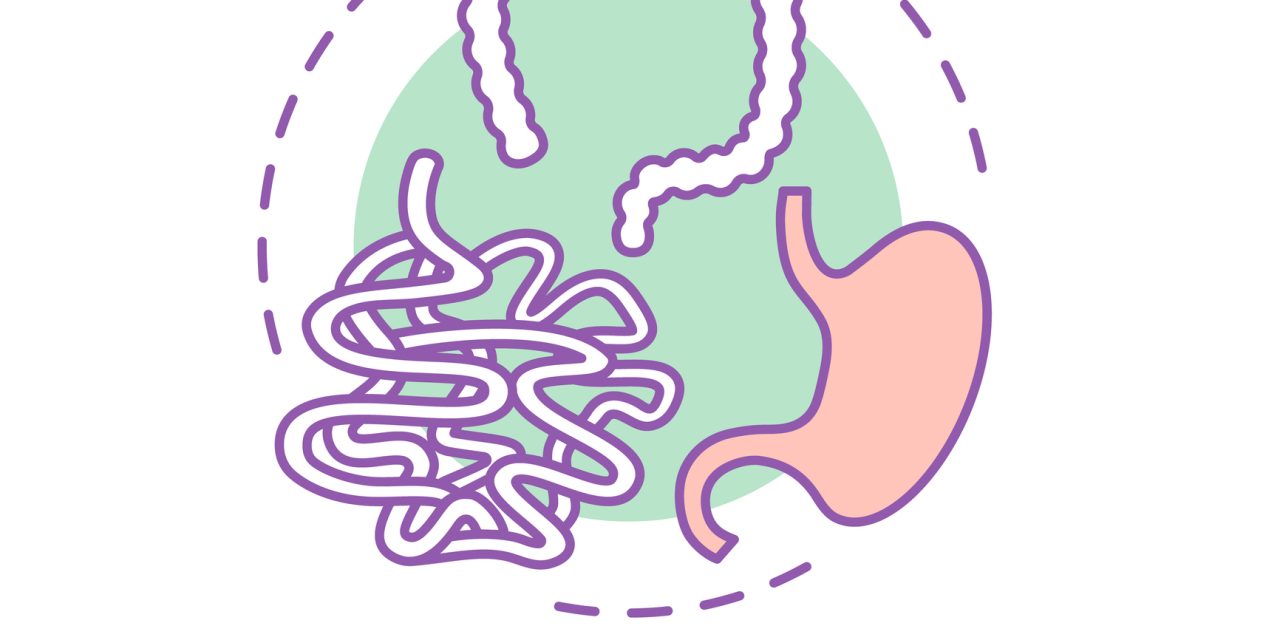Biochemical testing of urinary metanephrines is useful in the diagnosis and monitoring of pheochromocytoma and paragangliomas. We investigated the feasibility of mixture decomposition (ie, indirect) methods in verifying clinically derived reference intervals for urinary deconjugated metanephrine metabolites.
Urinary 24-hour metanephrine and normetanephrine excretion results were extracted from our data warehouse and intervals were estimated by the modern variant of the Hoffmann method, maximum likelihood estimation (MLE), and gamma mixture model using R software.
Hoffmann, MLE, and gamma mixture models provided metanephrine and normetanephrine intervals that closely matched those derived from clinical studies. However, three-component MLE and gamma models were required for normetanephrine in adult women because the Hoffmann method was not suitable. Some data transformations caused blending of the mixed distributions and subsequent widening of the reference interval estimation, emphasizing the importance of careful data transformation for Hoffmann and MLE analyses. Gamma mixture models gave overall good agreement without the need for data transformation.
Indirect methods have utility in verifying reference intervals in 24-hour urine specimens collected by patients. We emphasize the benefits of applying multiple decomposition methods to corroborate findings and careful application of data transformation when using Gaussian-based models.
© American Society for Clinical Pathology, 2021. All rights reserved. For permissions, please e-mail: journals.permissions@oup.com.
Verifying Clinically Derived Reference Intervals for Daily Excretion Rates of Fractionated Metanephrines Using Modern Indirect Reference Interval Models.


